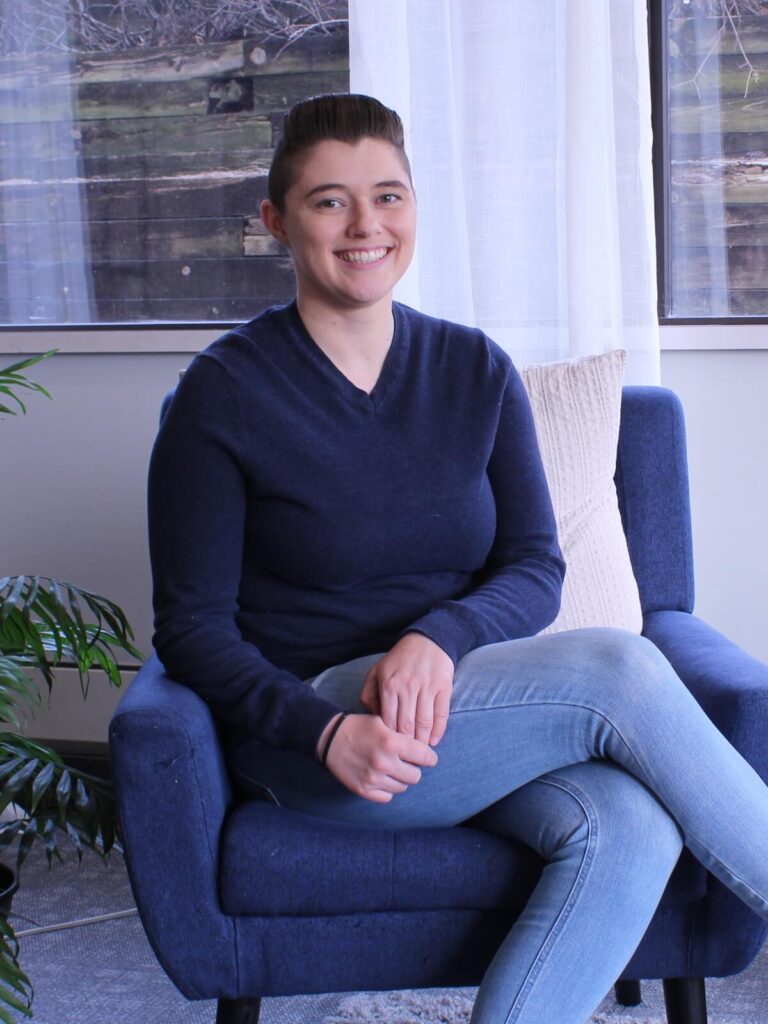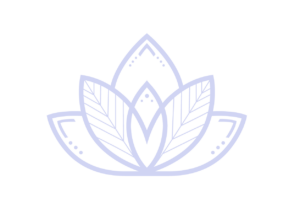
Getting to Know Your Therapist – Sam Ensz
When a client enters my office for the first time, I recognize the courage it may have taken to walk through the door. Choosing to see a therapist can be a daunting task. First, you have to recognize that some part of your life is not going the way you would like it. Maybe you have been thinking about therapy for a week, months or even years. As humans we struggle to ask for help. Or even tell someone we are struggling. We have a tendency to avoid until we can’t (or really don’t want to) anymore.
Finding the right therapist for you is key in the healing journey. When you walk into someone’s office for the first time, it is somewhat of an interview. You are seeing if this person feels like they are going to be a good fit. That they understand and can connect with you. 80% of the therapeutic change occurs when you can feel comfortable and trusting in your therapist. You need a nonjudgmental space where you can say whatever is on your mind along with exploring your emotions. So – how do you know that your therapist is a safe person to talk to? Or that your therapist will “get” you and offer you the feedback or techniques that will actually help you?
While I can’t speak for all therapists, I believe that knowing a little bit about your therapist can help you see if it’s a good fit for you.
There are two sides to connecting with a therapist; making sure their professional certifications meet your needs and seeing a little bit of their humanness. Professionally, I am a Licensed Professional Counselor with 8 years of experience. I started out working in the criminal justice system in Minnesota. In working with individuals involved in the criminal justice system I faced some of the hardships many face in their lives. This drives my want to support the healing of trauma, anxiety, depression, identity development. I value supporting people in being seen and heard, not judged. I hold different certifications (i.e., Dialectical Behavioral Therapy and Mindfulness) in treatment modalities that focus on emotional responses and coping skills. In supporting a bottom-up approach use Eye Movement Desensitization and Reprocessing (EMDR), a world-renowned therapy for trauma survivors.
That paragraph is a bit jargony and it gives you an idea of what I might use in the therapy session to help. From trauma to anxiety and depression, I can help. Identity development, including LGBTQIA+, young adults, and those going through a life transition benefit heavily from the work that I do. Working in the criminal justice field has supported my cultural responsivity and advocacy within the mental health fields. All are welcome in my office, and I am able to provide talk therapy or somatic (i.e., body-brain connection) therapy.
Choosing therapy is a courageous task.
Being a client was one of the most vulnerable things I have ever done. When I was a teen, I often felt isolated from others and questioned my worth. I received messages about perfectionism and how I “should be.” During college and my graduate program, I chose therapy to help me untangle the messages of expectations from others to find the authentic me. At first, it was difficult to talk to a stranger about how I often felt judged. I wasn’t sure who I was. It feels hard to express yourself when you are struggling to know who you are. As a therapist today, this moment drives my work as finding your authentic self is a rewarding experience.
There is no issue too small or too large to bring into therapy. During our first session, I will ask several questions to understand the journey that brought you here. It’s not to intimidate but instead to really help us both understand your story at a deeper level. You will have a nonjudgmental space for you to be your authentic self or to figure out who your authentic self is. We will take a collaborative and holistic approach that focuses on your strengths and abilities.
You set your goals, and I offer tools and strategies to help you meet the goals. You are the expert in your healing journey and you choose the pace and direction. A lot of times we get stuck with the follow through of the goals. This “stuckness” can be helped by bridging communication from the body to the brain. This bridge between the body and the brain helps you discover how and why you respond to different situations the way you do. This work is challenging. It’s helpful to have a trained therapist by your side as you navigate this work.
Outside of work, I am a wife and a pet mom to a rabbit and a cat.
I find myself to be most at peace when I am surrounded by trees with the sounds of rain, enjoying the busyness of the city and trying new restaurants while also enjoying the simple things in life, such as making my own broths and corn tortillas. I love to hike, kayak, travel, and paint (not well by the way but trying is the most important part) and am currently rediscovering my love for reading and would welcome book recommendations.
Feeling ready to see if Sam is a best fit? Contact us now to learn more.
